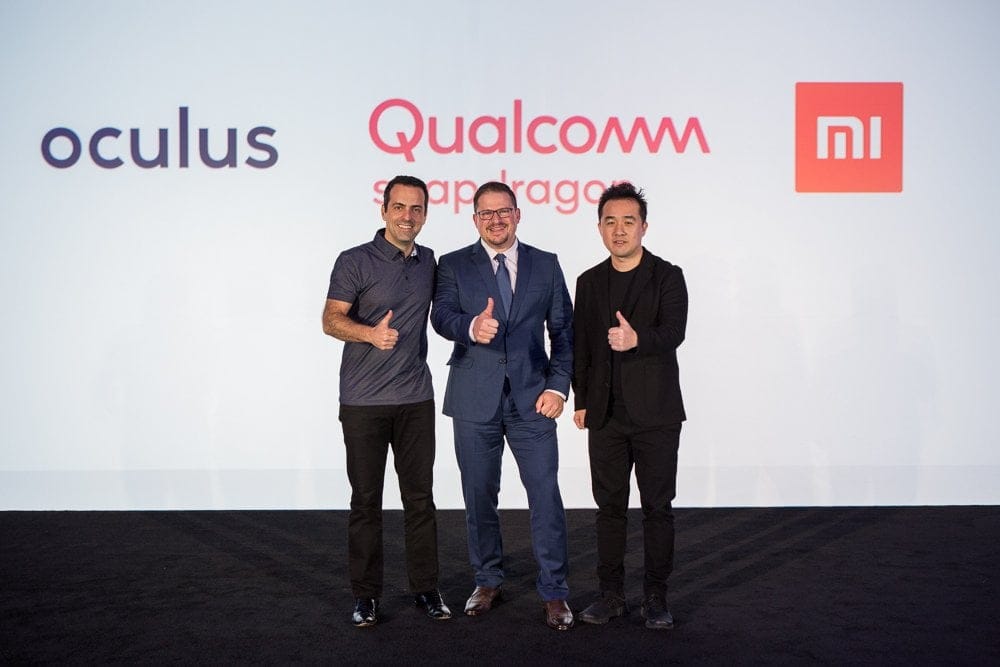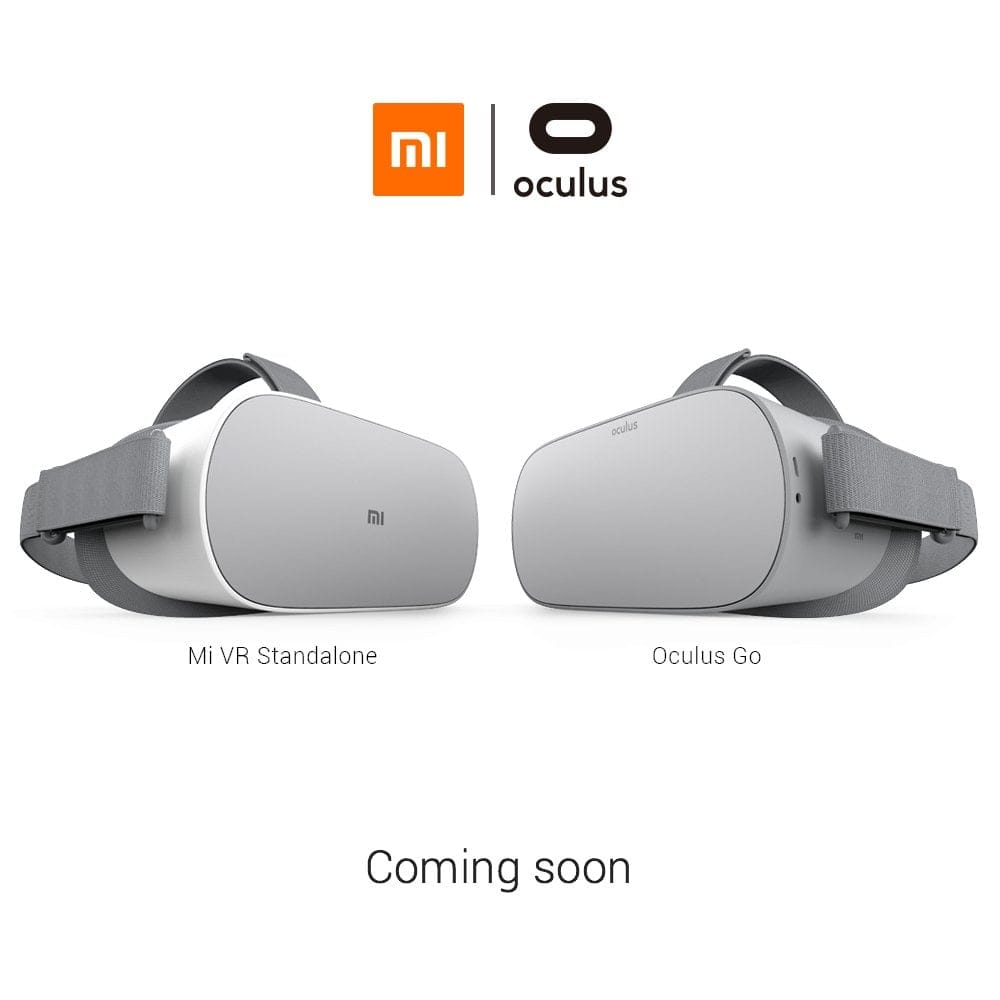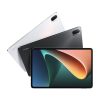Xiaomi Mi VR standalone
Update 31. May 2018
Xiaomi has officially released the standalone VR headset “Mi VR”, created in collaboration with Oculus. The VR headset is identical to the Oculus Go and is also available in a 32GB and 64GB version. As expected, the user interface of the Mi VR is adapted to the sales country of China and therefore differs from the user interface of the Oculus Go. It remains to be seen to what extent the device firmware can be exchanged. It is not unlikely that Oculus Go games will be able to run on the Mi VR. After all, both companies also share the software development of the respective platforms.

The 32GB model of the Xiaomi Mi VR is priced at 1499 yuan, which corresponds to around € 200. The 64GB model again costs 1799 yuan, the equivalent of around € 240. The price difference to the Oculus Go (from € 216) is therefore extremely small, which is why an import will not be worthwhile according to the current status.
CES 2018 has many surprises in store. Especially when Hugo Barra, then Product Manager of the Google Mobile Team, then Vice President for International Affairs at Xiaomi and now Vice President of the Facebook Virtual Reality Team, suddenly takes the stage at the Qualcomm press conference and announces a collaboration between Xiaomi and Oculus. Xiaomi will act as a hardware partner alongside Oculus and will produce both the Oculus Go, which was announced in October of last year, and the identical Xiaomi Mi VR Standalone.

Identical hardware
Oculus Go and Mi VR Standalone will appear as identical devices that only differ in terms of the brand logo and software. Equipped with a Qualcomm Snapdragon 821 processor, which was used in flagship smartphones from last year, the standalone VR glasses will do without a PC or mobile device. A high-resolution 2K LCD (2560 × 1440 pixels), which, in addition to a large field of view, should also offer a flicker-free VR experience, ensures a sharp view. The user receives a corresponding surround sound via a loudspeaker integrated in the headset.
Different software
The main difference is in the software. It would be unthinkable if Facebook, which is still subject to Chinese censorship, suddenly released VR glasses on the Chinese market. Therefore, the Xiaomi VR Standalone with adapted software will appear exclusively on the Chinese market and use Xiaomi's own VR interface as well as the Xiaomi Store. Nevertheless, the Mi VR Standalone will also be compatible with Oculus Mobile SDK, so that apps can be easily ported. Hugo Barra did not announce a release date for both VR glasses at the Qualcomm press conference. It is known, however, that both glasses will be released in 2018 and will cost around $ 199.

First impression
The Xiaomi VR glasses and the Oculus Go promise to make virtual reality suitable for everyday use. Thanks to the support of the Oculus Mobile SDK on both devices, there are many ways to publish apps simultaneously for both VR glasses. In some cases, entertainment electronics from China are significantly cheaper than their counterparts, which are intended for the western market. To what extent both glasses will appear at the same price remains to be seen. The Xiaomi VR glasses might even be cheaper to buy. It should therefore be very interesting to what extent the hardware can be equipped with the respective different software interface. It will be interesting to see what to expect in the coming months!






Steffen
31. May 2018 22 to: 00
I ordered the Oculus Go. Although I'm also interested in whether you can swap the firmware with each other but at the price, the Mi VR would really be a NoGo. See no reason to prefer the Xiaomi headset to the Oculus.